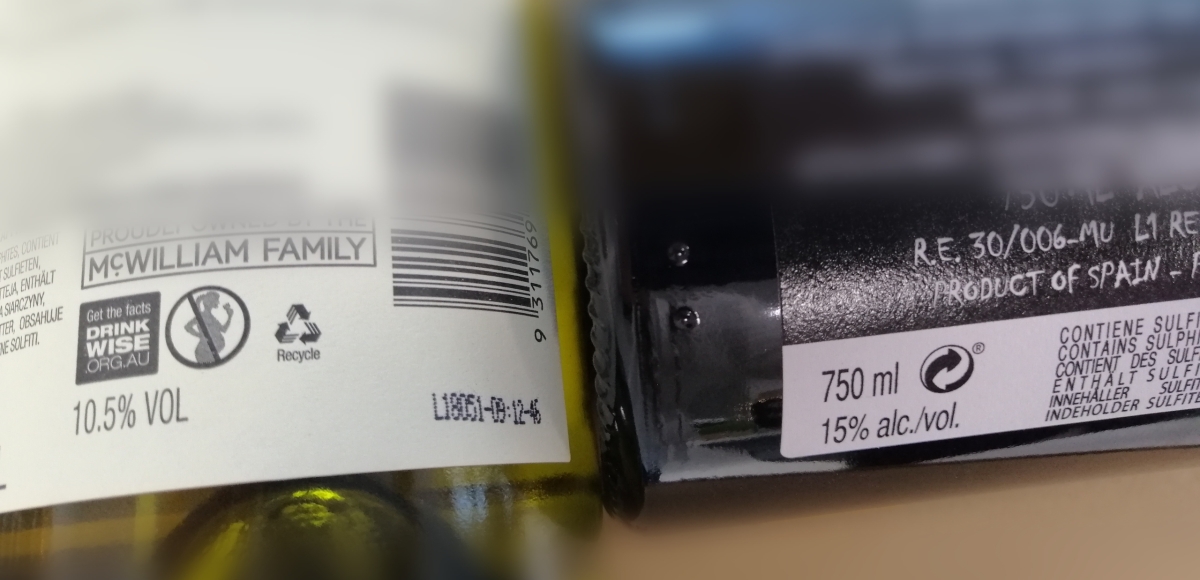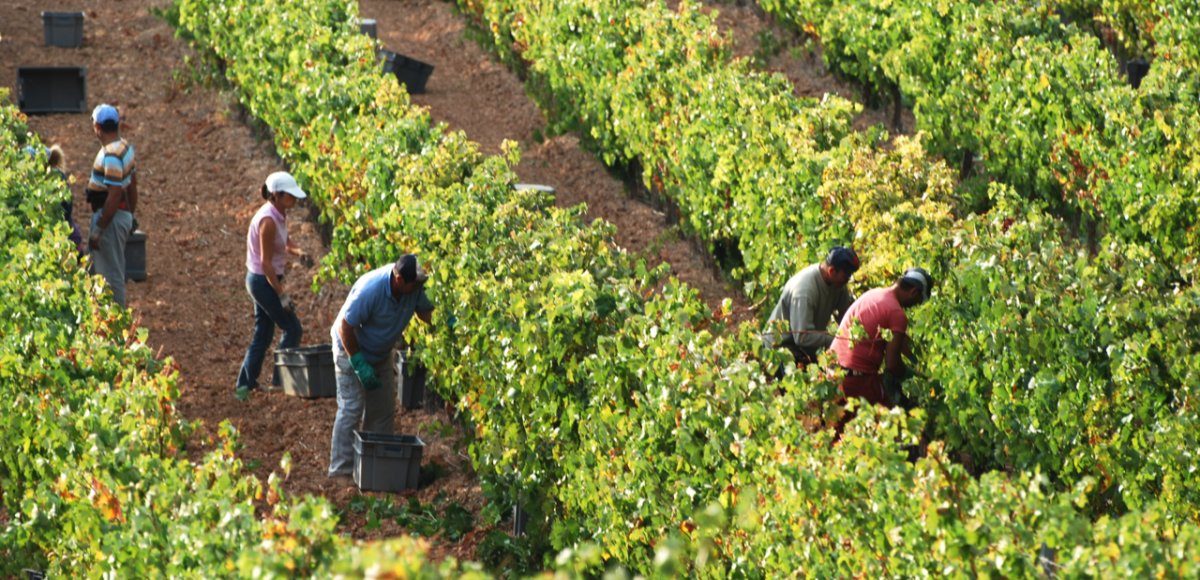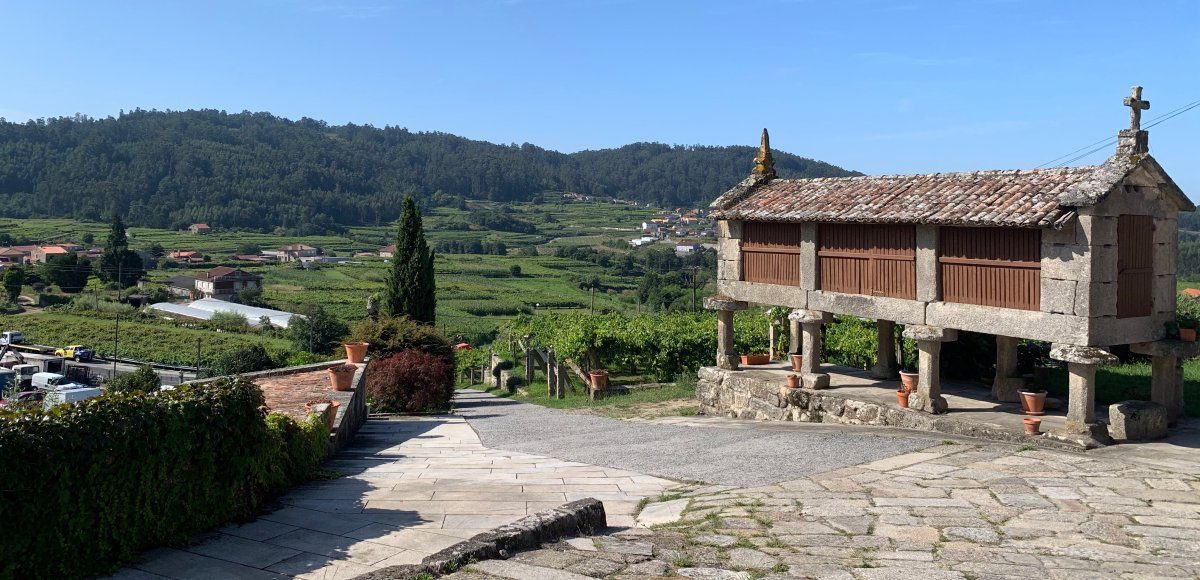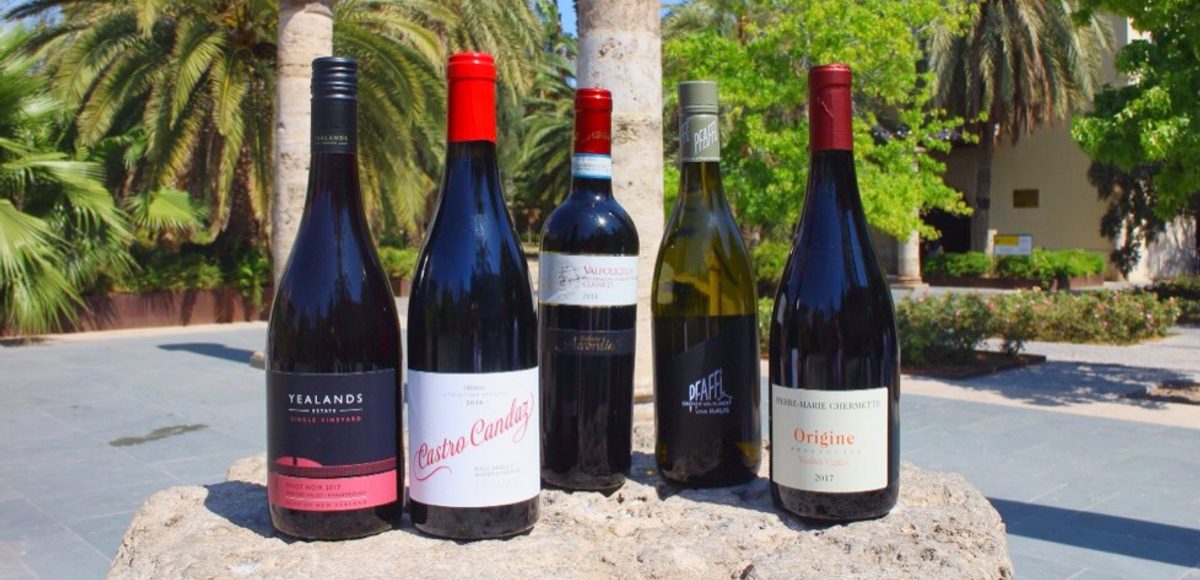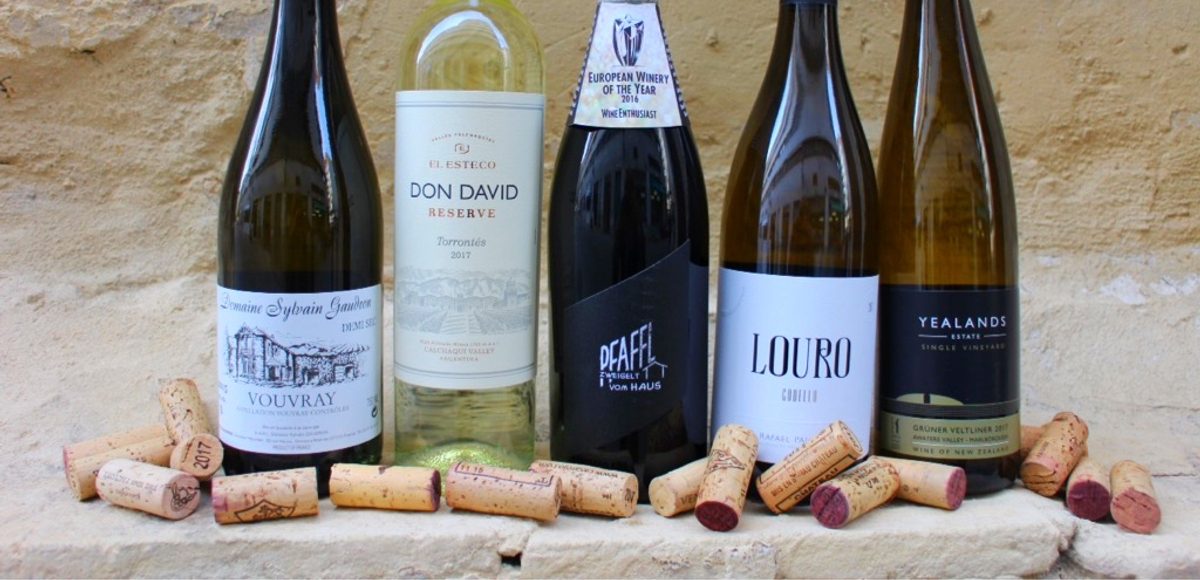Following my article about tannins in wine, I was asked by a regular reader of this column to explain alcohol in wine.
Alcohol is one of the essential elements we find in wine along with acidity, tannin, fruit and body. Well made wines are those that are in balance, where no one element dominates. When conducting a tasting a comment that I hear often is ‘I can taste the alcohol’. However, alcohol does not taste of anything but it gives the sensation of warmth and sweetness, which adds to the feeling of volume on the palate.
I check the level of alcohol to give an indication of whether the wine is light bodied, low alcohol or full bodied, higher level. To be classified as a still wine there has to be between 5% and 15% volume of alcohol, most are between 11% and 14%. The level of alcohol in a still wine is a result of the fermentation of the sugar in the grapes, being converted to alcohol and carbon dioxide.
Grapes ripened in warmer climates tend to have higher level of natural sugar than those grown in cooler climates. Consequently the wines made from these grapes will have a higher level of alcohol because there is more sugar to be fermented into alcohol.
Is the volume of alcohol an indication of quality? No, a wine that has 14,5% alcohol does not mean that it is better quality than a wine of 12% volume. Some of the finest white wines in the world come from the cooler regions of Germany, where the amount of natural sugar only allows the wine to reach 8% or 9% alcohol.
The variation in the level of alcohol also depends on how the wines are made. Take for example a deliciously refreshingly sweet Moscato d’Asti, from the Piedmonte in northern Italy, only has 5% alcohol because the fermentation is stopped and the natural sugar from the grape stays in the wine. Alternatively, a full bodied Monastrell from Jumilla made from very ripe grapes with a potential to reach 15% alcohol. Both are completely different with the level of alcohol being one element of many determining the style and quality of the wine.
Do red wines have more alcohol than white wines? Not necessarily, it depends on the region and climate in which the red and white grapes are grown. Some grape varieties, such as Garnacha, are notable for the naturally higher level of sugar when ripe leading to wines that are potentially higher in alcohol. Given its propensity for a naturally high level of alcohol makes it an ideal blending component to wines with a lower level of alcohol but with higher levels of other elements such as acidity or particularly fruit flavours.
Fortified wines such as Sherry and Port are still wines that have alcohol added to them. One of the reasons why these beverages are served in small glasses is because of the higher level of alcohol.
Finally, swirling the wine in a glass to check if the wine has ‘legs’ is, like sniffing corks, not an indication of the wine quality. Another wine misconception debunked!






